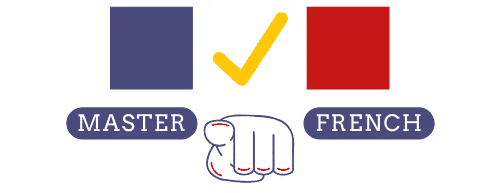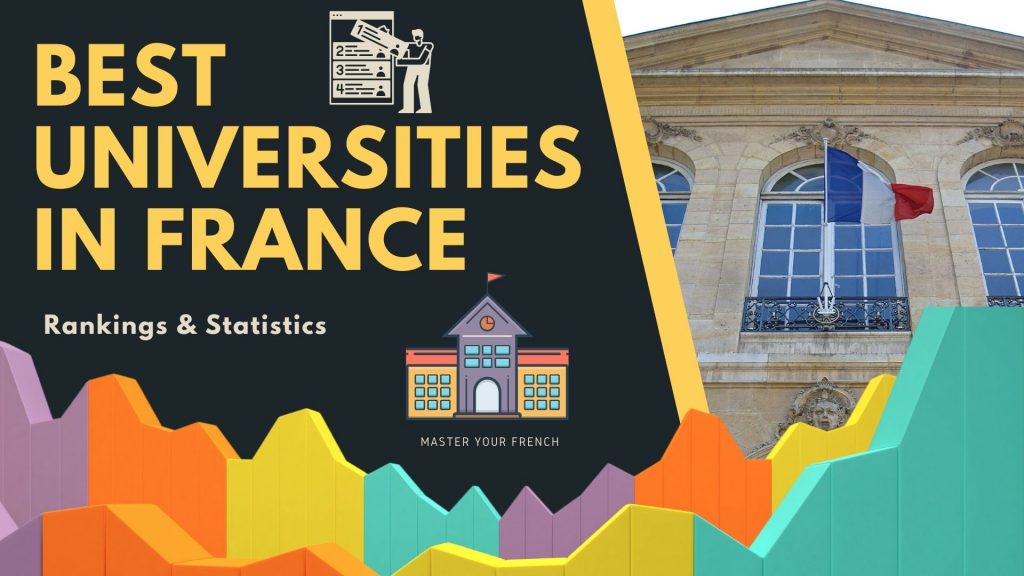French EdTech startups that are helping students, but not only
Updated: May 8, 2021 by Elie in About FranceArray ▪
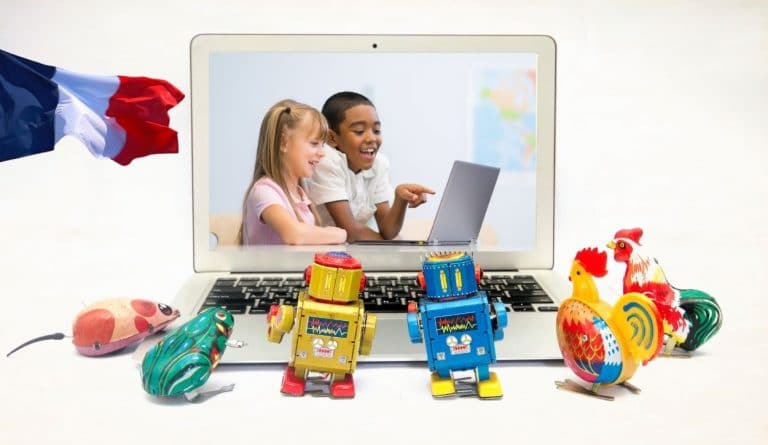
Faced with an unprecedented global health challenge, the majority of educational institutions have been forced to shut down for many months in 2020/2021 to ensure safety for their students and teachers.
While a few schools and universities have previously prospected the EdTech sector and refined their online learning systems, the vast majority of schools have made their first move to transition to a virtual learning environment during the coronavirus pandemic in 2020/2021.
There are a lot of educational tools that were developed in the past few years and that support distant learning. These tools are not only for students and their parents but also for teachers and principals who are continuously striving for academic excellence and consistently exploring innovative teaching methods.
This blog discusses the following topics:
What means EdTech?
Educational Technology is the study and ethical practice of facilitating learning and improving performance by creating, using and managing appropriate technological processes and resources. This definition of educational technology, or EdTech, was adopted by the Association for Educational Communications and Technology (AECT) in 2008.
EdTech encompasses technologies that are used in teaching and learning. Both teachers and students can benefit from educational technology. With many tools and resources, the EdTech sector has a wealth of solutions designed to individualize the learning experience and to keep students of all ages engaged.
A changing & challenging Ecosystem in 2021
While distant learning is seen more of a challenge for teachers than their students, online education, and remote work, come with benefits but also have a number of pitfalls.
Below are some common questions about EdTech, with answers from domain experts, research papers, and testimonials.
Did teachers changed their mindsets toward technology?
No doubt that many teachers’ mindsets toward technology have changed since the pandemic began. Everyone realizes now that distant learning, or online education, is needed not only as a solution for the pandemic but it is here to stay over the long term.
It isn’t that teachers are against educational technology in their classes: 72% of teachers use educational technology almost every day with their students. But instead having technology as the sole access to students is far from being a normal situation.
Edtech products were designed to work in the classroom and a teacher was supposed to be in the mix somewhere. Now, the teacher can’t be with the kids individually and this is a technology that gives updates on children’s progress.
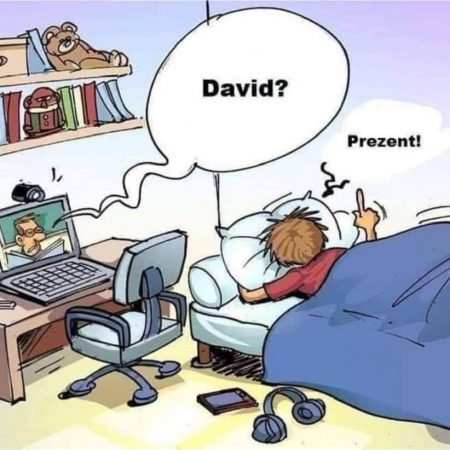
How online education impacts students’ attention spans?
For the students, watching hours of broadcasted or recorded lectures is not as compelling as sitting and engaging with the educator and other students in a real classroom. Paying attention to lectures drops from around 18 minutes for in-person classes to around 6 minutes when watching an online lecture.
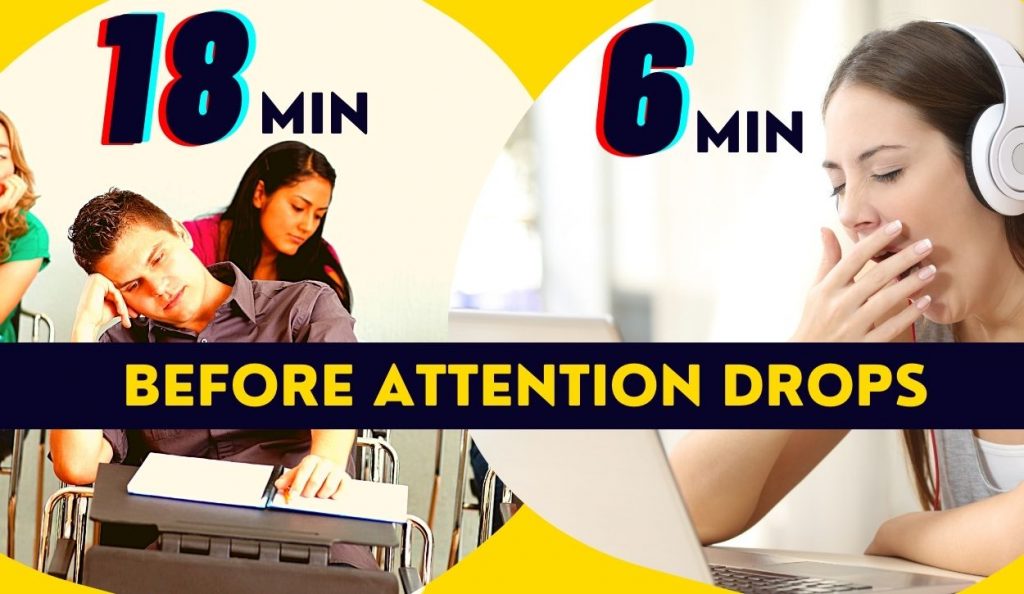
What do parents think of online learning?
Parents are overall supportive of online education, however, they also struggle. Many parents expressed difficulties in helping their kids with classwork and being at the same time tech-savvy, managing homework, break times, and lunches.
For young schoolers whose parents cannot always be at home, this is another type of challenge. While grandparents or someone from the extended family can be present to help, they don’t always have the digital skillsets to help kids with digital classwork, as explained by several educators who shared their recent distance learning stories.
Explained in a comic…
The drawings below are from a comic that illustrates many common situations for parents of remote learners. For more check, the original article The hell that is remote learning, explained in a comic.
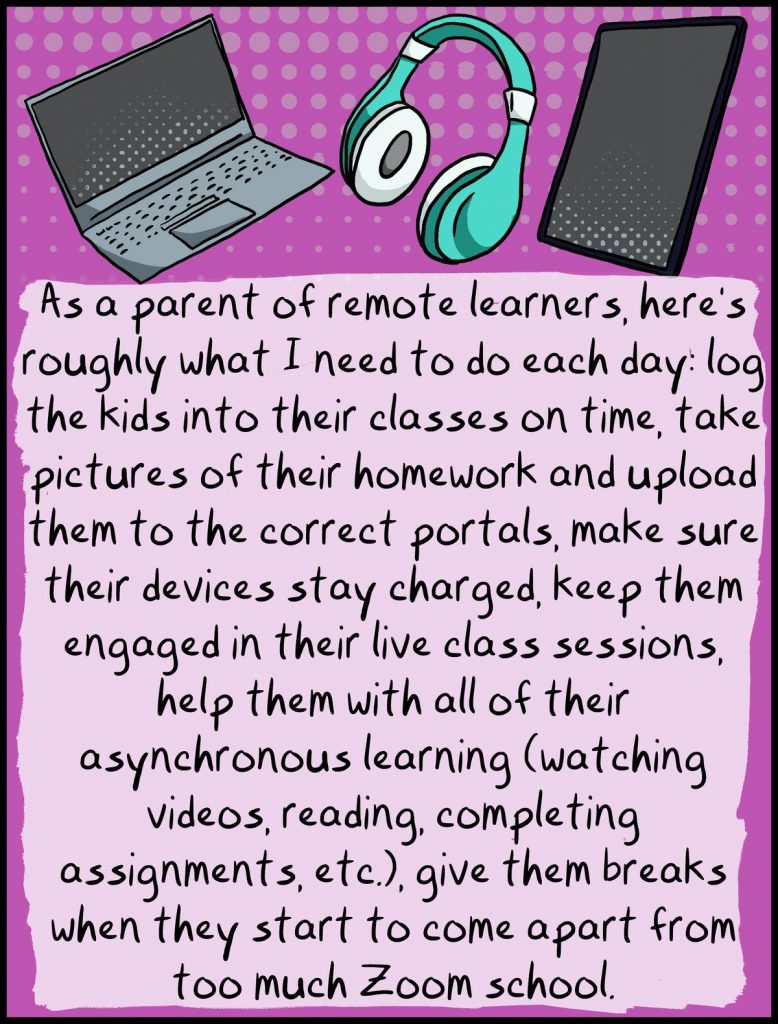
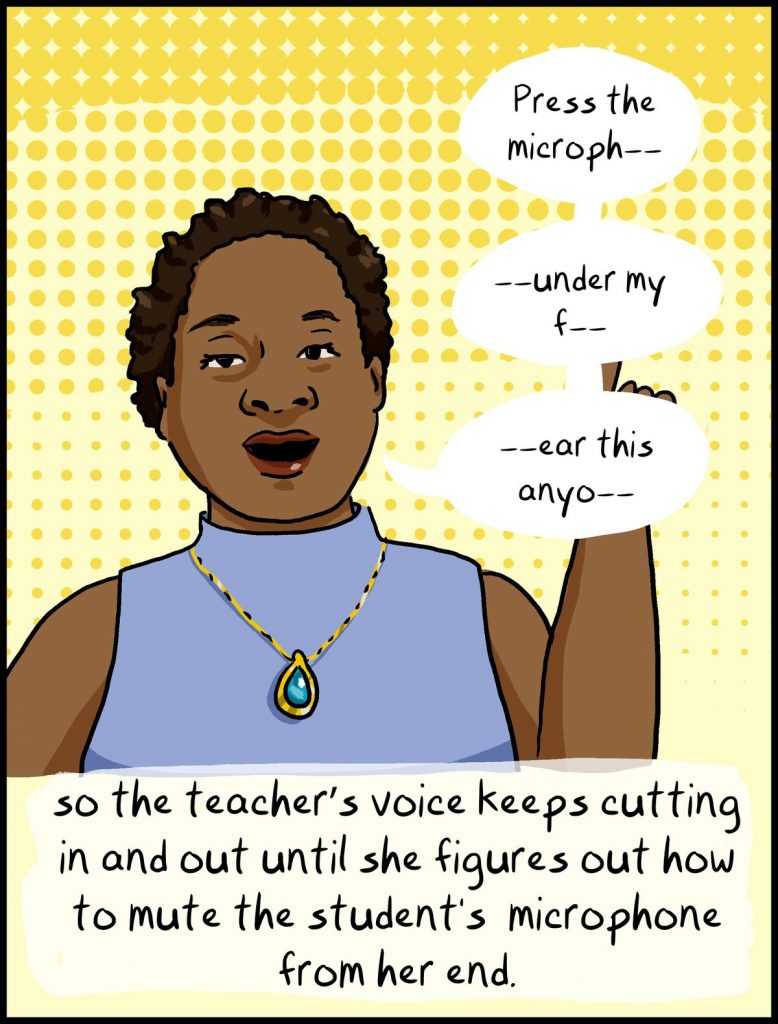
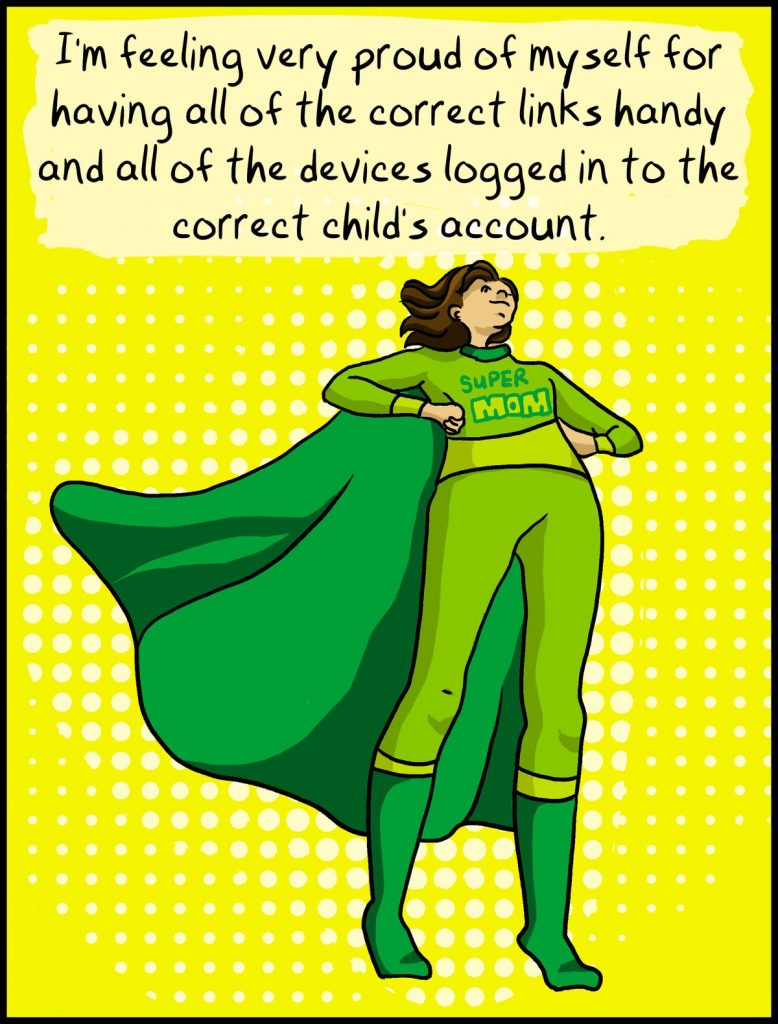
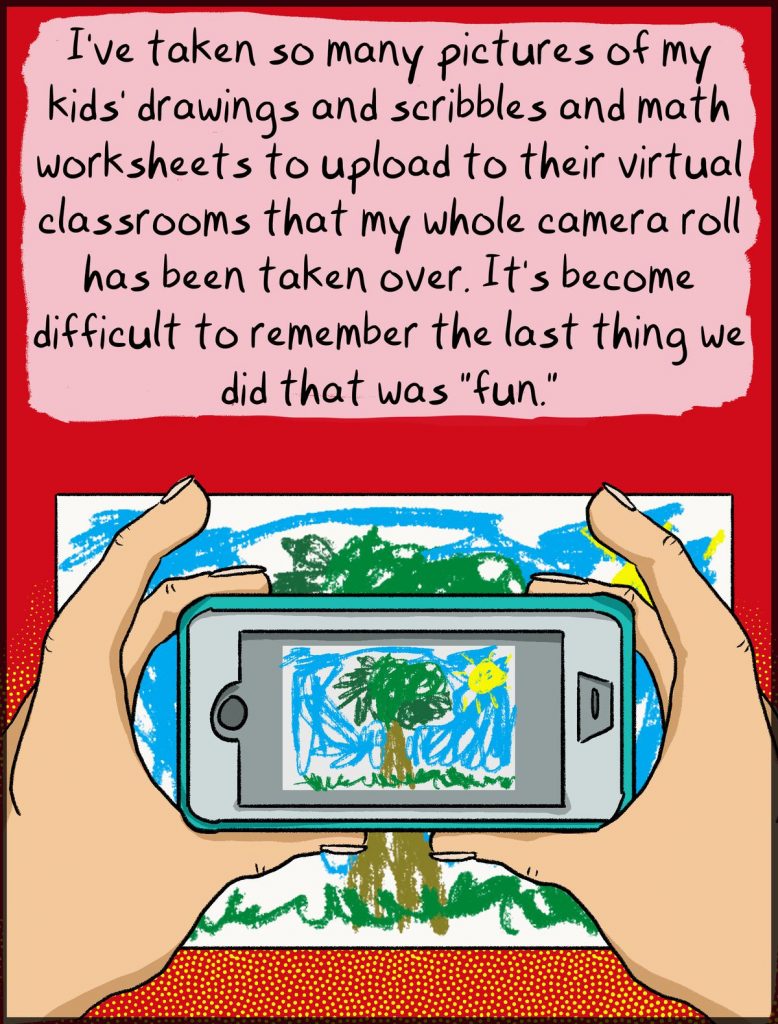
What’s next for online education?
Many educational experts recognize, that educational institutions and teachers must be prepared to teach online in the future whether that’s under planned circumstances or an emergency basis.
The recent events and the extended closure of educational institutions in 2020 made it clear that the educational sector has to get grips with educational technology.
Many EdTech solutions enable teachers to provide personalized support to their students and foster collaboration with each other in an immersive virtual environment.
In an ideal world, EdTech apps and platforms provide quality education as an accompaniment to in-person classes.
The growth of the EdTech market
With this changing education landscape, governments are turning towards EdTech solutions to ensure that online learning provides access to high-quality education to every student, everywhere.
The growth of the EdTech market and the adoption in education technology was already spiking even before COVID-19.
According to The European EdTech Funding Report, the global education market in 2019 was lead by the US with 7.54 billion USD in terms of investment and followed by China with 2.4 billion USD.
In terms of EdTech expenditures, the numbers were estimated at around 152 billion USD in 2018 and are expected to reach 342 billion USD in 2025.
The emerging technologies account for ~3% of the global EdTech market. But the forecasted expenditure for these EdTech technologies is expected to grow at an average of over 27% to 2025.
What are the emerging EdTech technologies?
EdTech solutions incorporate many emerging technologies such as artificial intelligence (AI), robots, blockchains, and augmented reality / virtual reality (AR/VR).
EdTech products are not only e-learning programs and live-streaming classes. Many EdTech solutions are based on machine learning and artificial intelligence in order to provide a more customized and enriching experience for both students and teachers.
Other successful companies, from Quizlet to Duolingo, combine technology with learning through engaging strategies like gamification.
The graph below shows the worldwide expenditure in billion USD predicted for these advanced technologies for the period of 2018 2025.
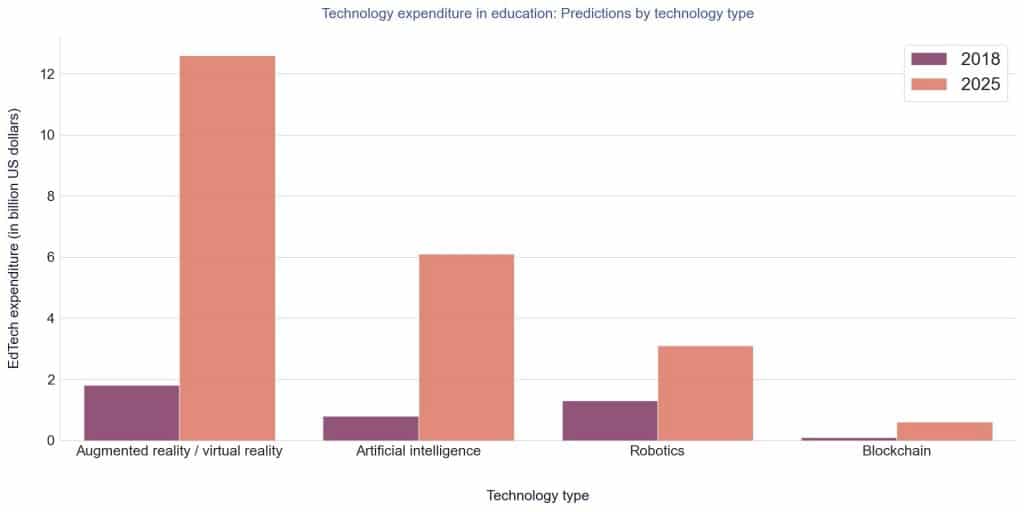
What is the market share of the various education subsectors in France?
The French educational system is composed of multiple stages. First students start with primary education that is followed by secondary education, equivalent to k12, and finally comes the higher education. The landscape of higher education in France includes many universities that are listed among the best universities in the world as well as an active and large trainings sector.
But EdTech is not only for higher education. EdTech is also schools, pre-schools, vocational or corporate training, and language learning.
In France, the EdTech market share is divided as follows:
- Higher education’s share is 46% with 8% of the startups that exclusively target this sector
- The training sector (vocational and corporate) attracts 63% of the startups
- As for the K12 market, 39% of the French EdTech startup target this sector.
The graph below shows the volume of the transactions for each subsector as of July 2020. Vocational training investments lead the EdTech market while the language learning sector represented only a tiny part of the transactions.
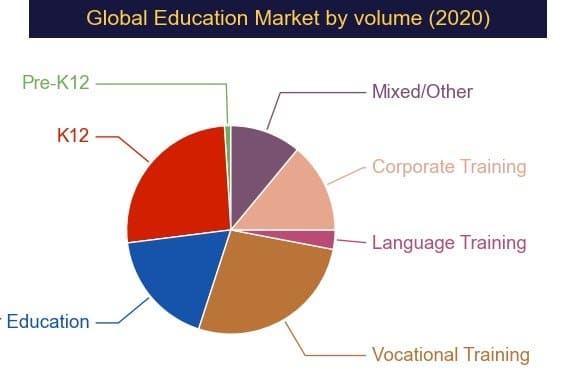
What is the share of Europe in the EdTech sector?
The size of the EU investments in the education sector was only 1.2 billion USD in 2019.
In Europe, France and the UK are the most active markets investing in the education sector.
Paris, with its 300 startups, comes just after London in terms of number of startups.
How big is the EdTech sector in France?
With more than 400 startups, the EdTech sector in France is the second largest in Europe. According to Rémy Challe, the general director of EdTech France, there are 300 startups that are members of EdTech France.
Some of the well-known French EdTech startups have designed educational products that provide a unique learning experience to learners and students in different sectors. Some of the best-known French EdTech players are OpenClassrooms, Ornikar, Klaxoon, 360 learning, and YouScribe, to name a few.
But there is no European EdTech unicorn (yet!)
As of September 2020, there are 20 EdTech unicorns globally:
- nine Chinese
- eight American
- two Indian
- one Canadian
… but none from Europe.
No doubt that Europe, with zero EdTech unicorns, is lagging behind other countries in terms of investments into educational technologies.
At the same time, it’s clear that innovation requires more funds. From this perspective, public-private partnerships are critical to supporting future growth in the European EdTech sector.
EdTech In France
In France, the launch of the “Partenariat d’innovation et intelligence artificielle” (P2IA) strongly supports innovation through a public-private partnership.
This is a way to accelerate the development of educational tools and resources using cutting-edge technologies such as artificial intelligence.
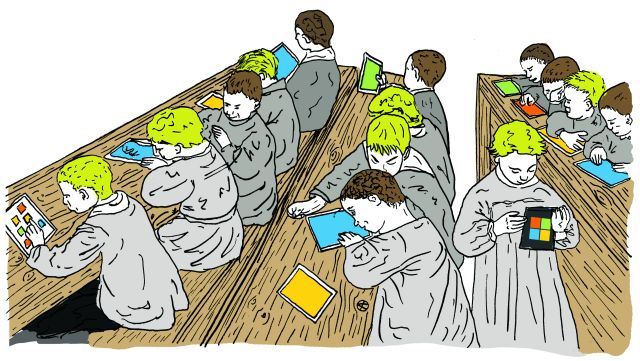
The public-private partnership
One of the goals of this public-private partnership is to build EdTech products to teach the French language and Math for students in elementary school (CP, CE1, CE2).
The six featured EdTech solutions are the winners of the P2IA prize for Artificial Intelligence that was initiated and supported by the French Ministry of Education.
EdTech solutions to teach French
Kaligo developed by Learn&Go, INSA-IRISA, Université de Rennes 2 et LP3C – UR1 – ITISA. It’s made for kids between the age of 3 and 7 years. Kaligo is an intuitive, self-improving, and monitoring AI handwriting tool. It’s an app to teach students how to write using a tablet-based workbook and stylus, featuring pre-cursive and cursive style. Watch this video to learn more about this AI tool.
Lalilo is a solution for personalized learning of reading in the classroom. It’s made for children from 3 to 8 years old. Lalilo is a technological tool at the service of teachers whose mission is to help them fight illiteracy. It’s based on adaptive learning that uses AI to provide personalized learning. This application allows students to learn at their own pace and to practice written comprehension and oral expression exercises. Lalilo also provides teachers with a pedagogical and assessment tool for students.
Navi is another intelligent assistant developed by Domoscio, Beneylu, Hachette, DXC, Aidodys, Laboratoire CHArt, Laboratoire KDIS, MOBIDYS, and Storyplayr. This AI assistant is dedicated to teachers. It’s a digital platform to teach and learn French online. Navi is an AI solution build to use data in a secure way. Artificial intelligence is what enables Navi to operate as a recommendation system and help the teacher in personalizing the activities for each student. Navi is currently used to teach school kids how to write and how to read French.
EdTech solutions to teach mathematics
Adaptiv’Maths developed by EvidenceB, APMEP, Blue Frog Robotics, Dæsign, Inria Flowers, Isograd , LIP 6, Schoolab , SJER-Nathan. Adaptiv’Math is a pedagogic assistant to teach and to learn mathematics in French. For the students, this AI assistant offers a way to test the initial skills, adaptative exercises, and an evaluation system. For teachers, it provides a way to visualize student groups by level, to summarise the results of each student, and to assist teachers in their decision making based on students’ progress.
Mathia is developed by VMPS, Prof en poche, LumenAI, Artefact, Tralalere, Cabrilog. This AI solution is at the same time a personal assistant for teachers and a partner for students. It can be used individually in the classroom, in groups, as well as in a collaborative way. Mathia offers a unique immersion in the universe of mathematics empowered by a vocal assistant, a 3D solution to visualize geometrics and spatial representations, among other functionalities.
Smartenseigno is developed by Cabrilog, Educlever, Inria Wimmics, and LudoTic. This tool is an AI assistant to help teachers in personalizing activities and exercises according to the need and the progress of each student. It’s based on adaptative learning and at the same time includes an intelligent dashboard to assist teachers. To learn more about this solution, watch this video.
EdTech terms That You Can Use in French
Here are the EdTech terms and abbreviations that you must know. Some of them are in French but for most of them the English version is also used when speaking French:
- Cours en ligne (Online Course)
- Apprentissage à distance (Online Learning)
- Formation professionnelle (Vocational Training)
- MOOC (Massive Open Online Course)
- COOC (Corporate Online Open Course)
- SPOC (Small Private Online Course)
- FOAD: Formations ouvertes et/ou à distance (Online Training)
- BRNE: Banques de ressources numériques éducatives
- IA: Intelligence Artificielle (Artificial Intelligence)
- Machine learning or apprentissage machine
- IoT: Internet des objets (Internet of Things)
- Blockchain is the same word used in English and French
- LMS (Learning Management System)
- CMS (Content Management System)
- Réalité augmentée (Augmented Reality)
- Réalité virtuelle (Virtual Reality)
- Assistant vocal (Vocal Assistant)
- Assistant intelligent (Intelligent Assistant)
- Individualisation des apprentissages (Personalized Learning)
Looking Ahead
As pointed out in this article, the EdTech sector is divided into multiple subsectors such as K12, higher education, vocational training, and language learning. The language learner community, not only French learners, have always struggled to find innovative EdTech tools that fit the needs of learners and teachers.
Beyond the French language, where do language learners fit into the EdTech revolution?
Now, more than ever, it’s time to build, for students and for language learners, an accessible and scalable online education that is designed with new technologies and incorporated in strong pedagogies.
